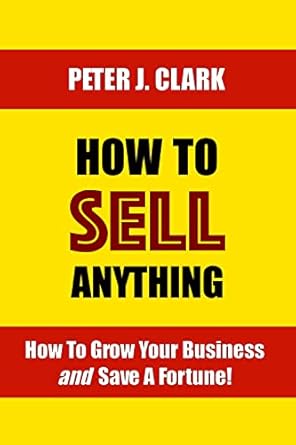US grocery shoppers loyal, but still seek deals
Today's consumer is weathering the economy and is now a dedicated deal seeker at the supermarket, according to the Food Marketing Institute (FMI) '2010 US Grocery Shopper Trends' reports, published with support from PepsiCo.
The report noted that, since the recession began, consumers have gained a renewed appreciation for saving money through home-cooked meals, comparison shopping, store selection, brand preferences, coupons and other techniques.
According to FMI president and CEO, Leslie Sarasin, "Consumers are choosing to save money by eating at home, but they also believe that the food they eat at home is healthier than eating away from home. It is clear that supermarkets are positioned to help their customers save money as well as help them to make healthier choices."
This new interest in home cooking is also impacting the average number of weekly trips to the grocery store, which continues an upward trend averaging 2.06 visits per week. In fact, nearly 6 out of 10 shoppers said they are now making two or more grocery shopping trips per week.
Furthermore, shoppers in the US are now spending an average of US$99.90 weekly on groceries, up 1.5% compared to 2009's average of US$98.40. However, total grocery dollars spent at the primary store declined to 75.4% compared to 76.6% in 2009. The primary store's total trips decreased too, from 75.3% to 68.9% currently.
"Consumers are carefully planning their grocery shopping trip and the importance of price as factor in deciding the store destination is undeniable," explained Sarasin.
Price was cited by consumers as the most important factor (75%) for choosing a primary store, followed closely by high quality fruits and vegetables (73%) and items on sale or money-saving specials (67%).
Supermarkets held their place as the most frequented channel for 56% of shoppers, unchanged from 2009, marking the first time in five years that the supermarket share had not declined. Supercentres were the second most popular choice (27%), followed by limited assortment stores (7%).
The recession has caused changes in shopping and spending patterns for 52% of those surveyed, down from 69% at the peak of the recession in January 2009. Consumers said they have devised four savings strategies to save money on their food purchases:
- Eating at home
One significant area shoppers identified to reduce food spending is eating at restaurants less often. Unchanged from 2009, 68% of consumers said they were eating out less than they did before. Additionally, 52% now spend less money when they dine out by using restaurant coupons, eating at less-expensive restaurants and ordering lower-priced entrees. - Money-saving tactics
Grocery store customers are saving money by purchasing only what they need and seeking the best value for their money. They are also using money-saving tactics before they go to the store by making a shopping list, researching sales, collecting coupons and comparing prices across store formats. Once at the store, they are participating in frequent shopper programmes, using in-store coupons, buying specials, stocking up on bargains, and purchasing private brands. According to shoppers, 92% of the stores at which they shop offer private brands and 40% of consumers said they purchase them at least once a week. - Shop at secondary stores
Nearly one-third of shoppers are comparing prices across stores and 44% claim they visit a variety of stores to capitalise on sales and promotions. In fact, some 70% of shoppers visit more than one format in the course of a month, with an average of three. The primary store share of a customer's food budget has decreased as more shoppers list at least one secondary store they visit for groceries, up from 10% in 2009 to 12% in 2010. Supercentres were identified as the secondary store for 20% of shoppers, followed by limited assortment stores with 10%. - Switching primary stores
Consumers have many options when it comes to grocery shopping, although only 6% of shoppers reported switching primary stores in the past year. This shows a high degree of loyalty in which more than 90% said they would recommend their existing favourite store to friends and family.
Sources: Food Marketing Institute FMI; PepsiCo / The Marketing Factbook.
Copyright © 2010 - 2025 The Marketing Factbook.
Categorised as:
- Customer Experience
- Customer Loyalty
- Knowing The Customer
- Marketing Know-How
